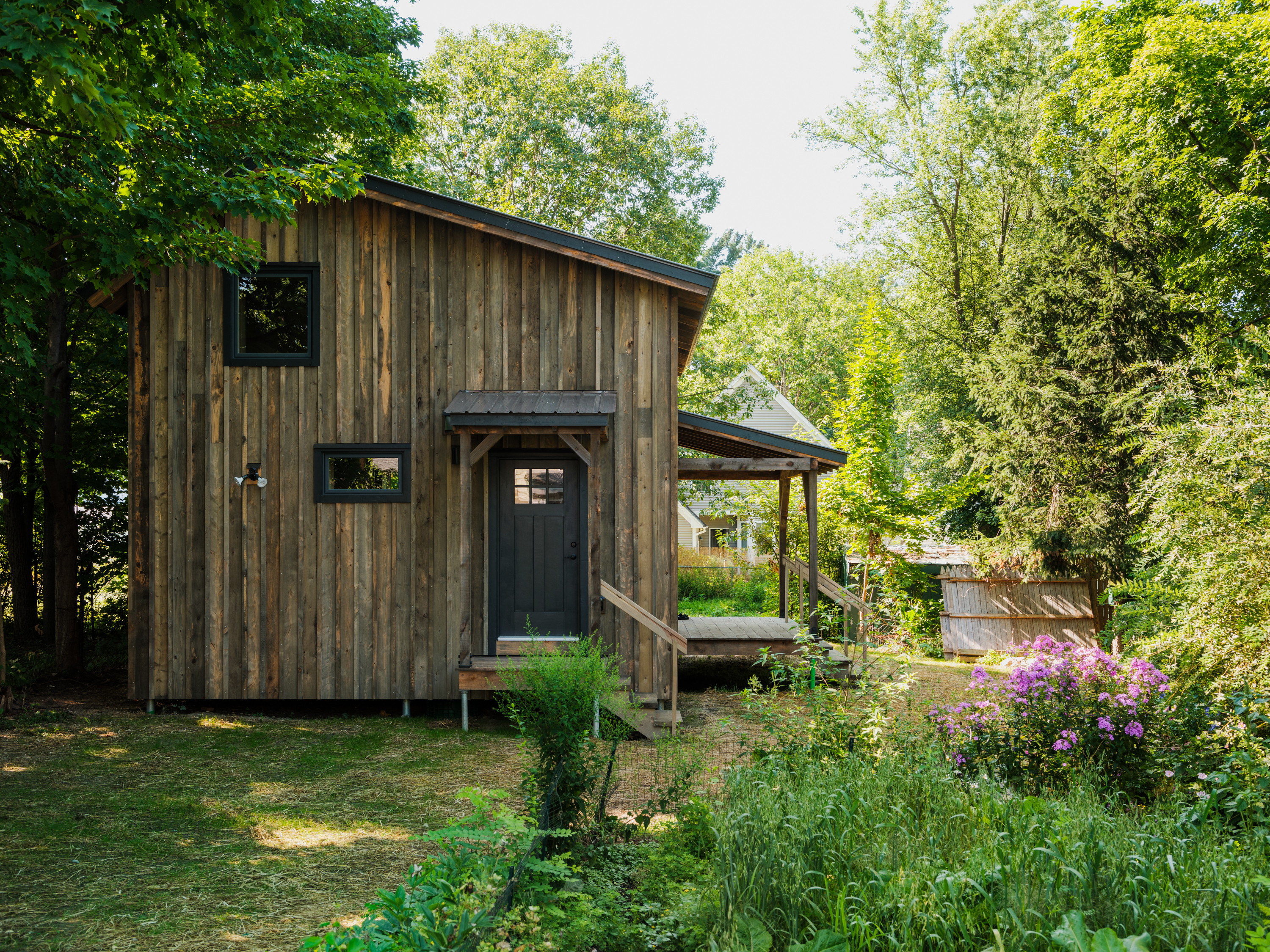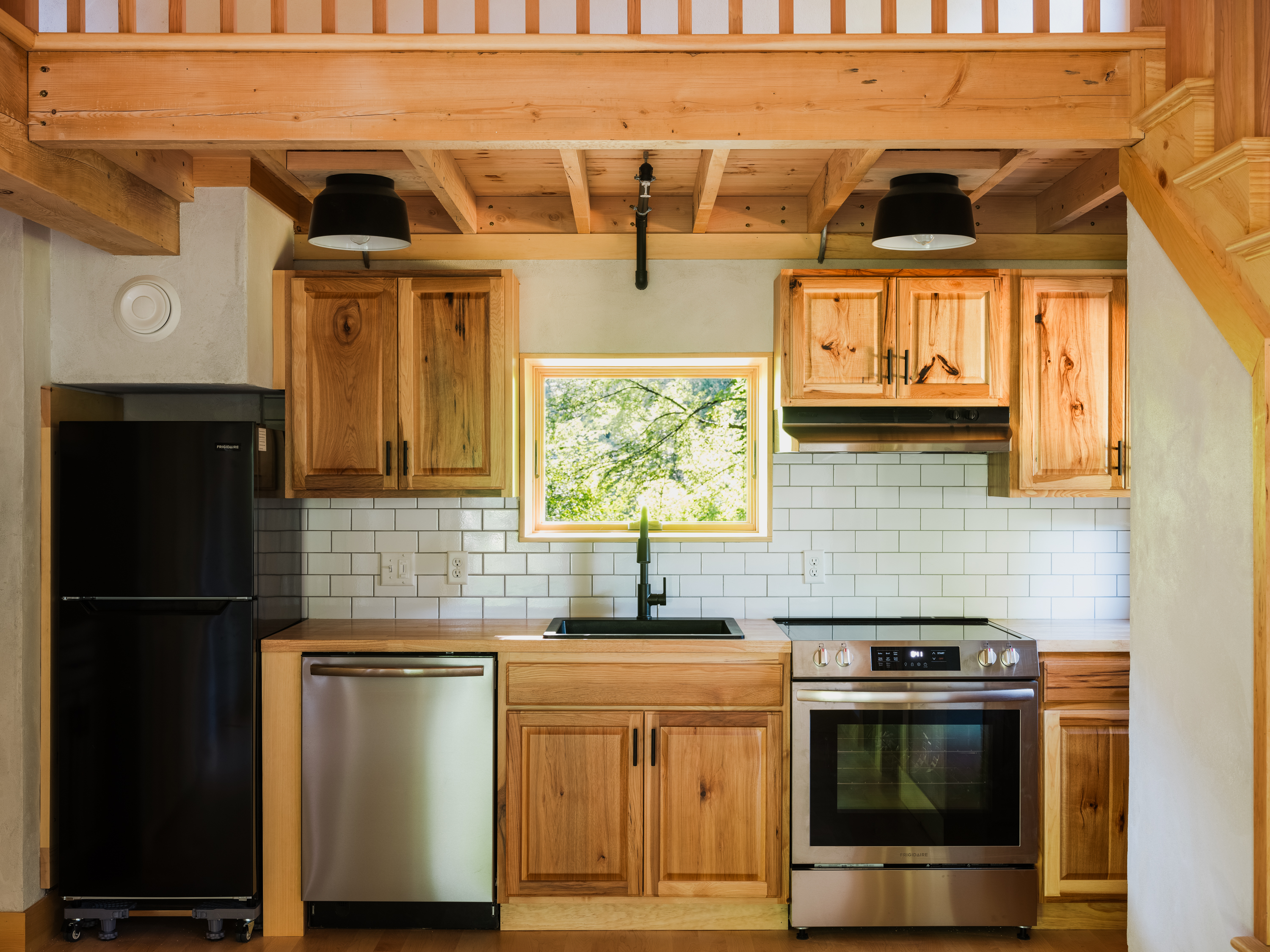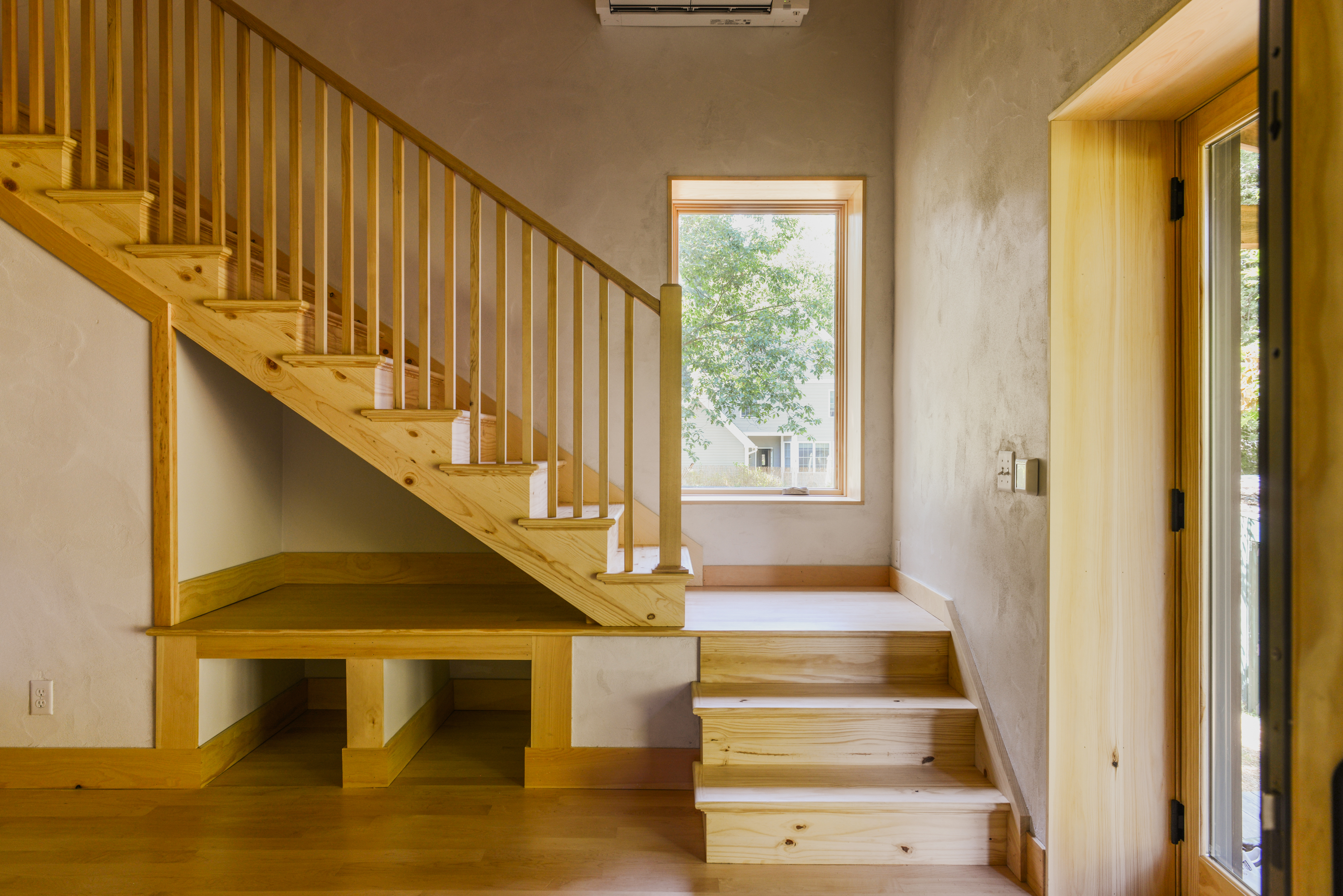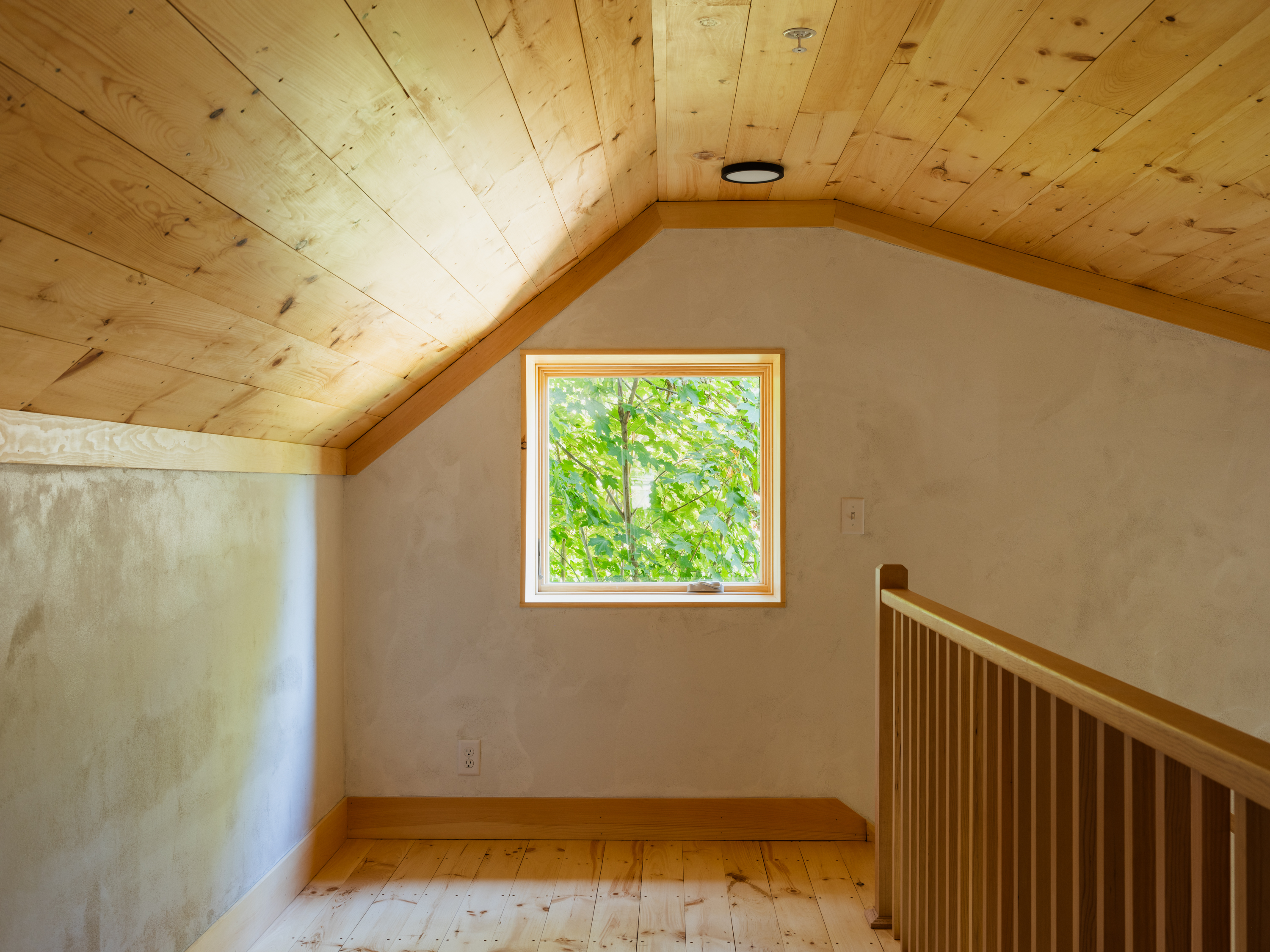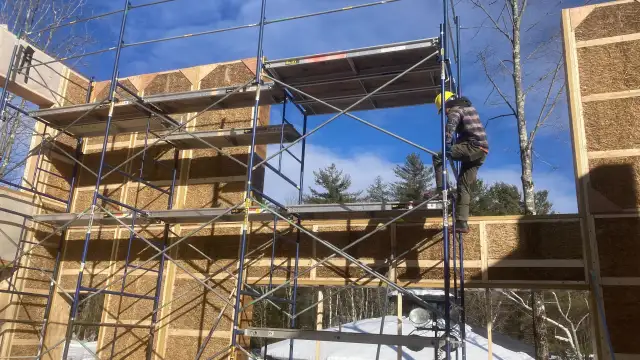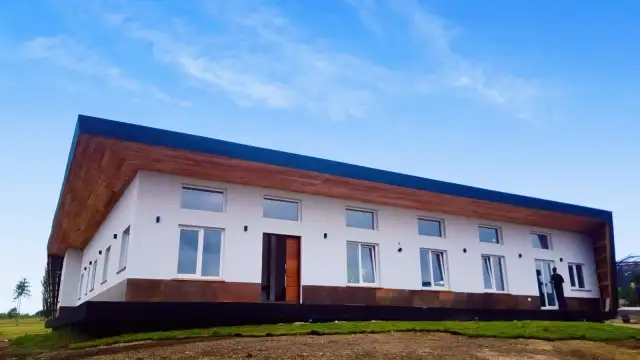By Jay Fox
Ace McArleton is the co-founder of New Frameworks, a Vermont-based worker cooperative that creates prefabricated structural straw-insulated panels (S-SIPs) for high-performance buildings. New Frameworks uses ecologically minded and regenerative building practices in conjunction with locally sourced natural materials (including not only straw, but native hardwood, clay, and stone) to produce homes that are low in embodied carbon, efficient, healthy, comfortable, and beautiful.
The Accelerator recently sat down with McArleton for an upcoming episode of the Passive House Podcast to discuss how he got his start working in the trades and eventually forged his own path. He explains that he became frustrated with the toxic materials with which construction teams worked and the toxic environment of the industry, particularly with respect to the treatment of women, people of color, and trans and queer folks.
To create a more inclusive space, McArleton co-founded New Frameworks with Jacob Deva Racusin, Julie Krouse, and Jackson Mills as a multi-racial, women-, queer- and trans-owned worker cooperative dedicated to climate justice, high-performance buildings, and the use of bio-based materials. You can learn more about New Frameworks and the technical details of their S-SIPs by watching McArleton’s appearance on PHA LIVE! back in March. You can also learn more about New Frameworks’ ethos of climate justice and social justice by visiting its site.







